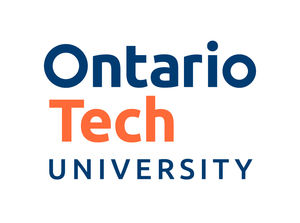Design optimization of aerodynamic drag at the rear of generic passenger cars using nurbs representation
Abstract
The rear geometry of a passenger car has the most significant influence on its aerodynamic characteristics. This thesis studied aerodynamic shape optimization of the rear geometry of passenger cars. The Non-uniform rational B-spline (NURBS) curve was used to represent the rear body of a generic passenger car model (the Ahmed Body) and the NURBS parameters were employed for geometry parameterization. These geometry parameters were systematically modified using design of experiments to obtain different geometries of the simplified car model. The computational fluid dynamics (CFD) simulations were performed on these geometries to obtain drag coefficients. Once the results of CFD simulations were available, a response surface model was constructed using linear regression technique. Finally, the design exploration was performed using the response surface model instead of actual CFD simulations. This technique resulted in a radical simplification of the design process as the behaviour of the aerodynamic drag was predicted using a simple polynomial.
The proposed methodology was implemented to perform design exploration of a generic fast back model. The response surface model was able to predict the aerodynamic drag coefficients within an error of 5%. Aerodynamic shape optimization was also performed on a generic notch back model using the response surface technique and the optimized geometry parameters for minimum drag were obtained in only 18 iterations. On the basis of the results, it can be concluded that the proposed methodology is inexpensive, simple and robust. It can therefore provide the basic framework for the design and development of low drag passenger cars.

